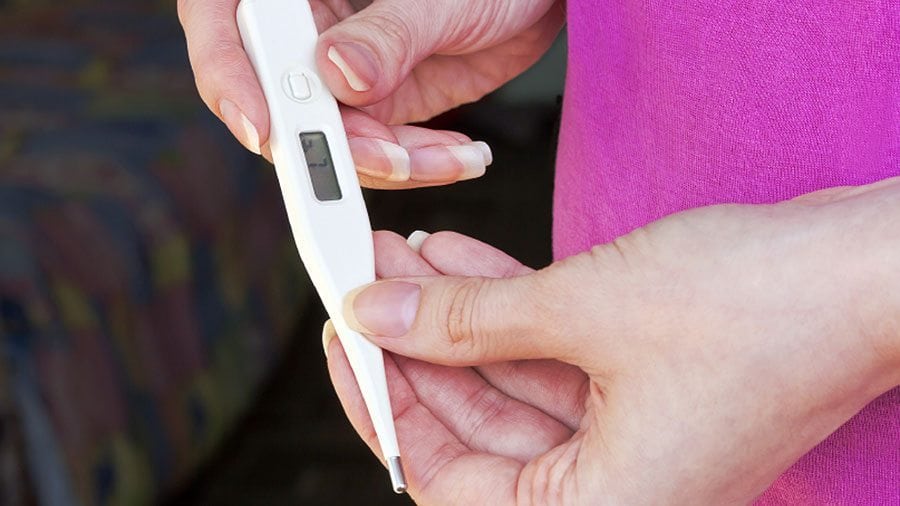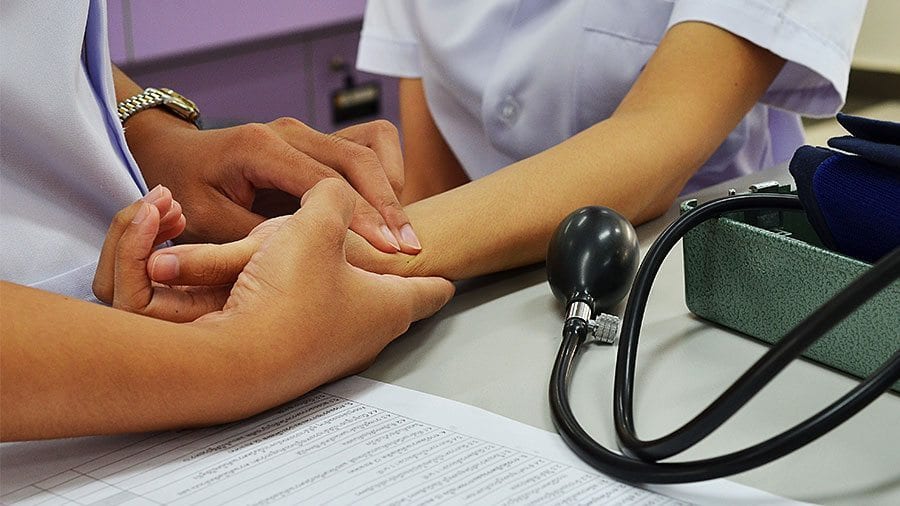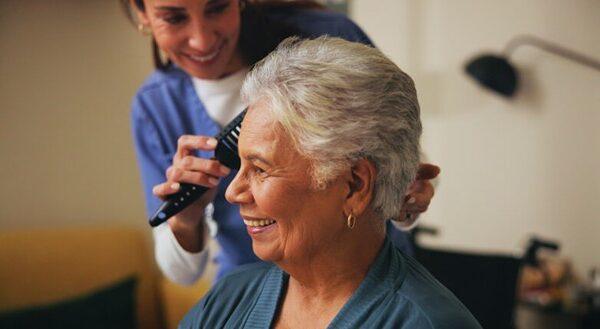The healthcare sector in Canada is one of the largest and fastest-growing. This growth has led to an exceptional amount of job opportunities that pay well and allow those with healthcare training to play a vital role in keeping Canadians healthy and happy. Medical personnel is in demand all across Canada, and with the right training, graduates of healthcare diploma programs will be poised to join this expanding labour force.
These dedicated professionals work hard to ensure that patients get the best care when they need it most—including during an emergency. That’s why an important aspect of belonging to any healthcare team is learning how to check the patient’s vitals in case of an emergency.
Continue reading to find out some of the ways in which healthcare professionals check the patient’s vital signs.
What Are Vital Signs? Here’s What Healthcare Training Teaches You
Vital signs are the way bodies tell us if they are functioning properly or not. They include body temperature, pulse rate, rate of breathing, and blood pressure. By measuring these signs, sometimes an ‘early warning score’ can be calculated which indicates the patient’s likelihood of going into cardiac arrest or needing emergency medical treatment. Each of these vital signs corresponds to a system in the body that is needed for basic functioning, which is why checking vital signs might be an important part of your future healthcare career.
KnowHow to Measure Vital Signs for Body Temperature
Students in healthcare training know that when healthy, the human body should be between 36.5 and 37.2 degrees Celsius. If temperatures reach this threshold, it is indicative of the body fighting against some type of virus, bacteria, fungi, or toxin. To take a patient’s temperature, get an oral thermometer and follows these steps:
- Instruct the patient to sit upright (in some cases you might need to help them with this task)
- Gently place the thermometer under the patient’s tongue and ask him/her to close their mouth
- Push the button on the thermometer and wait for a reading
A patient’s temperature can also be taken through other means, including in the ear, under the armpit, and in the rectum.

A high temperature could mean that the body is fighting an infection
Know to Measure a Patient’s Pulse
Your heart rate, or pulse, is the number of times your heart beats per minute. So naturally, you will need a watch to conduct a reading. Healthcare programs teach students that a patient’s pulse can be taken on the wrist, neck, the inside of the elbow, or the top of the foot, with the most popular spot being the wrist. Let the patient rest for a minute or two before placing your finger firmly over the chosen area of the pulse, and count the number of beats that occur within a 60 second period. A healthy heart rate should be between 60 and 100 beats per minute.
Measuring the Rate of Breathing
Those who take on a career in healthcare will likely learn the following method for how to measure a patient’s rate of breathing. This method requires a watch again, which is used to keep track of how many breaths per minute a patient takes. Because people breathe differently when they are being observed, do not tell patients that their breathing is being monitored. Begin by following these steps:
- Instruct them to sit up straight and relax
- Gently place one hand on the patient’s back and one on their chest and begin counting as the patient inhales their next breath
- Count how many breaths occur within a 60-second time frame
A healthy person normally takes between 15-20 breaths per minute. Any more or less could be indicative of various health issues and a call for further investigation.
Enrolling in a healthcare training program could be a vital move in your career.
Contact an advisor today to find out more.





